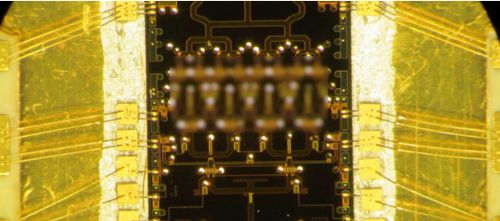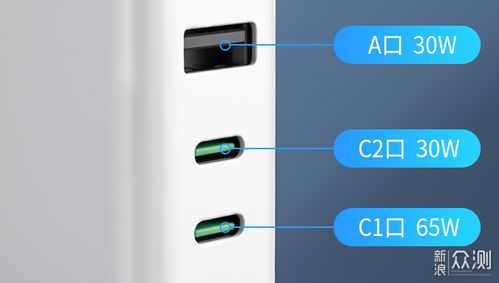
Understanding GANs: A Comprehensive Guide

GANs, or Generative Adversarial Networks, have been making waves in the AI community. But what exactly are they, and how do they work? Let’s dive into the world of GANs and explore their fascinating capabilities.
What is a GAN?

A GAN is a type of neural network that consists of two main components: a generator and a discriminator. The generator creates new data, while the discriminator tries to distinguish between real data and generated data. The goal is for the generator to produce data that is indistinguishable from real data, fooling the discriminator.
How does a GAN work?

The process of training a GAN involves the following steps:
| Step | Description |
|---|---|
| 1 | The generator creates a batch of new data. |
| 2 | The discriminator evaluates the generated data and the real data. |
| 3 | The generator and discriminator are updated based on their performance. |
| 4 | Repeat steps 1-3 until the generator produces high-quality data. |
Applications of GANs
GANs have a wide range of applications across various fields. Here are some notable examples:
-
Image generation: GANs can create realistic images of people, animals, and objects.
-
Video generation: GANs can generate realistic videos of people and objects in motion.
-
Music generation: GANs can create new music by learning the patterns and structures of existing music.
-
Text generation: GANs can generate coherent and contextually relevant text.
Challenges and limitations of GANs
While GANs have many advantages, they also come with their own set of challenges and limitations:
-
Training difficulty: GANs are difficult to train and often require a significant amount of computational resources.
-
Mode collapse: GANs can sometimes produce a limited variety of outputs, known as mode collapse.
-
Unrealistic outputs: GANs can sometimes produce outputs that are not realistic or coherent.
The rise of R3GAN
In recent years, researchers have been working on improving the performance and stability of GANs. One notable example is the R3GAN, a new and improved version of the popular StyleGAN2 architecture.
The R3GAN, developed by researchers from Brown University and Cornell University, addresses some of the limitations of traditional GANs. By introducing a new loss function, the R3GAN solves the problem of mode collapse and improves the stability of the model. The result is a simpler and more efficient GAN that can produce high-quality images and videos.
The future of GANs
The future of GANs looks promising. With ongoing research and development, we can expect to see even more advanced and efficient GANs in the future. These advancements will likely lead to new applications and improvements in existing ones, making GANs an even more powerful tool in the AI community.
So, what do you think about GANs? Are you excited about the possibilities they offer? Let us know in the comments below!



